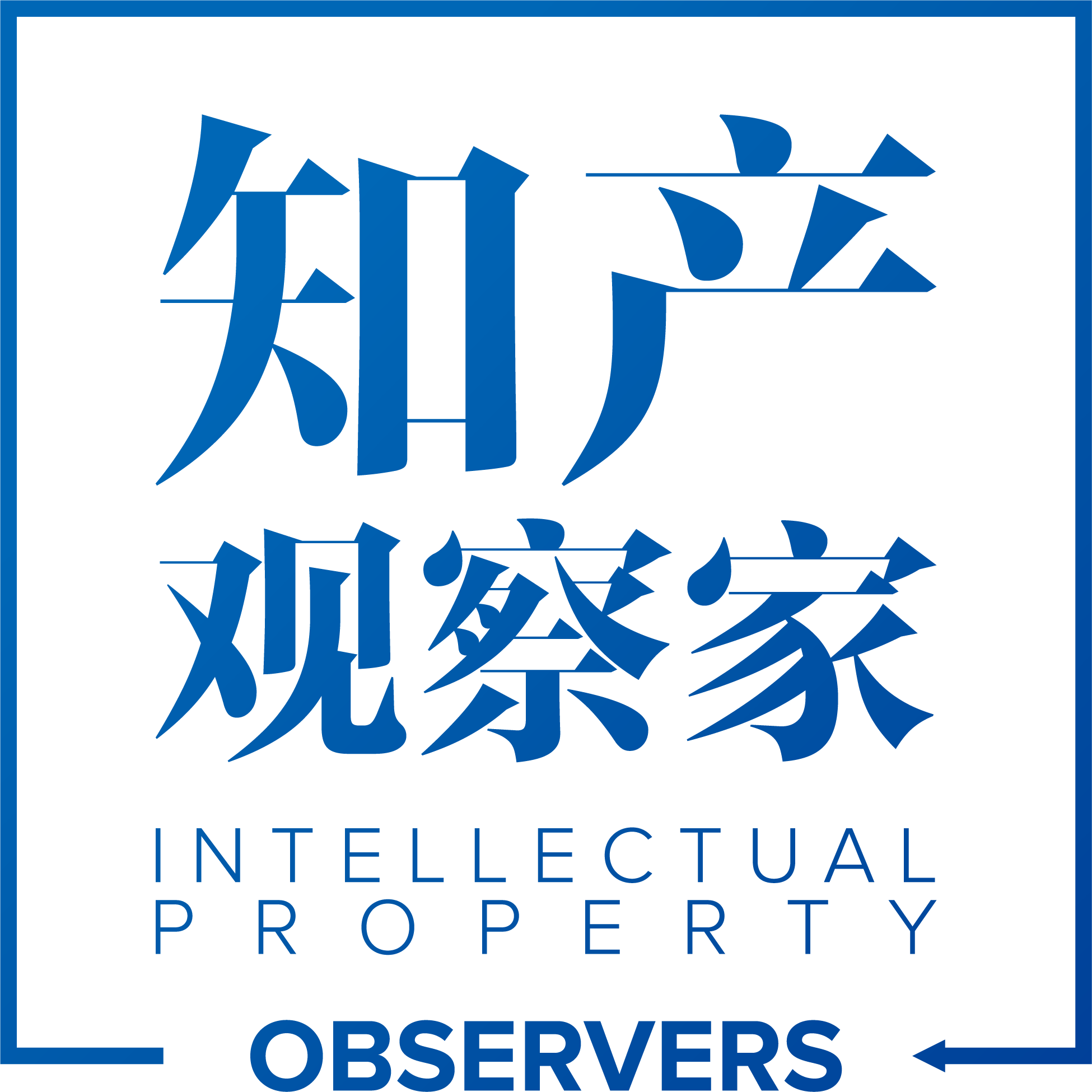The "Interpretation of the Supreme People’s Court on the Application of Punitive Damages in the Trial of Civil Cases of Infringement of Intellectual Property Rights" was released on March 3. In order to accurately understand and apply the "Interpretation" and ensure the correct implementation of the punitive damages system, the "Typical cases of punitive damages of Civil Infringement of Intellectual Property Rights" is hereby issued.
⑤ Adidas and Ruan Guoqiang trademark right infringement dispute case
【Case Basics】
Adidas owns the "adidas" series of trademark rights and is well-known. Zhengbang Company, funded and registered by Ruan Guoqiang and others, was seized by the administrative department three times from 2015 to 2017 that infringed on Adidas's "adidas" series trademark rights, and was punished with administrative penalties. The cumulative number of infringing products reached more than 17,000 pairs. Adidas filed a civil lawsuit, requested the application of punitive damages order Ruan Guoqiang and others to compensate Adidas for economic losses of 2,641,695.89 yuan.
The Intermediate People's Court of Wenzhou City, Zhejiang Province held that Zhengbang Company's subjective malice was very obvious, and the alleged infringement lasted for a long time. The consequences were severe, which belonged to a serious situation. The court selected 189 yuan per pair of genuine shoes as the basis for calculation, adopted the 50.4% gross profit rate shown in the 2017 financial statements provided by Adidas, and calculated the 6,050 pairs of shoe uppers seized by Zhengbang as the sales volume. Besides, considering that the accused infringing products are all shoe uppers products, not finished shoes, and cannot be directly used in the consumer field, a 40% deduction is made as appropriate. Finally, the amount of compensation of RMB 1037337.84 is determined by three times the economic loss of Adidas of RMB 345,779.28.
【Typical Significance】
Accurately calculating the base of punitive damages is an important prerequisite for applying the punitive damages system. The court of second instance did its best to the evidence presented by the right holder and did not easily deny it. Instead, it insisted on the superior evidence standard and reasonably determined the base of punitive damages. At the same time, it also applied the "on request principle", and of demonstrative significance on determining the "serious circumstances".


